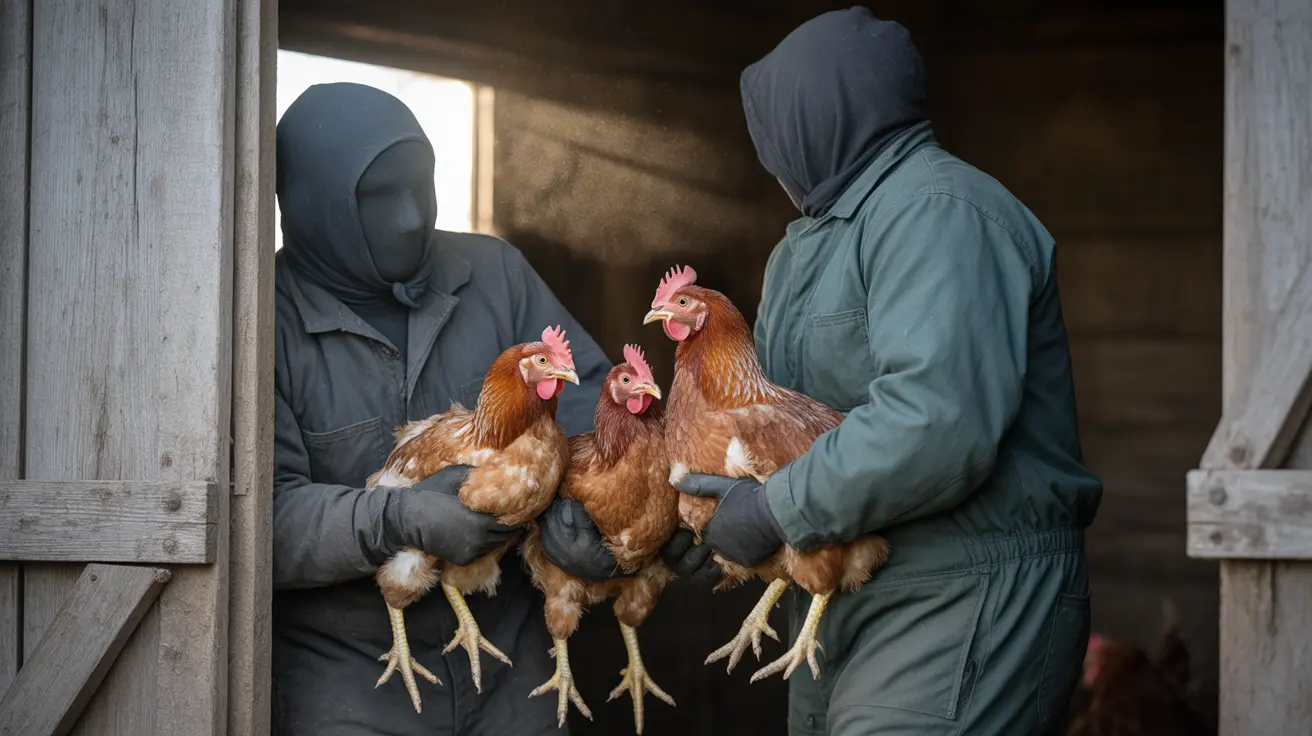Understanding When Dogs Start Feeling Cold
As devoted pet parents, ensuring our dogs are comfortable and healthy is a priority—especially during chillier months. Many dog owners wonder: at what temperature do dogs start feeling cold? The answer depends on several factors, including size, breed, coat type, age, and overall health. This guide explores when dogs typically feel cold, signs to watch for, and ways to keep your furry friend warm and cozy.
Factors Affecting a Dog's Cold Tolerance
Just like humans, dogs have different tolerances to cold depending on several physical and environmental factors:
- Breed and Coat Type: Thick-coated breeds like Huskies or Malamutes are naturally more cold-resistant, while short-haired breeds, such as Chihuahuas or Greyhounds, feel the nip of cold faster.
- Size and Body Fat: Smaller dogs and those with lean bodies tend to get cold more quickly than larger, more robust breeds.
- Age: Puppies and senior dogs are more susceptible to cold due to less effective body temperature regulation.
- Health Issues: Dogs with ailments like arthritis or weakened immune systems may suffer more in cold weather.
When Do Dogs Start to Feel Cold?
Generally speaking, dogs begin to feel uncomfortable when temperatures dip below 45°F (7°C). While this may still feel mild to us, dogs—especially those with minimal fur or insulation—may start shivering or becoming lethargic.
- Below 45°F (7°C): Smaller, thin-coated, or senior dogs may begin to feel cold and need extra warmth.
- Below 32°F (0°C): Most dogs, especially those unused to cold, may exhibit signs of discomfort or distress.
- Below 20°F (-6°C): Dogs are at significant risk of hypothermia and frostbite, and outdoor time should be strictly limited.
Signs Your Dog Is Feeling Cold
Dogs don’t always communicate discomfort directly, so watch for these subtle signs:
- Shivering or trembling
- Whining or barking unusually
- Reluctance to walk or play outside
- Lifting paws off cold ground
- Curling into a tight ball when resting
- Seeking warmth, such as curling up in blankets or near heaters
How to Keep Your Dog Warm
If you live in colder climates, it’s critical to provide your pup with adequate warmth:
- Dog Clothing: Invest in a high-quality dog sweater or coat, especially for short-haired breeds.
- Proper Bedding: Provide warm, insulated, and elevated sleeping spots away from drafts or cold floors.
- Limit Outdoor Exposure: Give your dog shorter, more frequent walks and avoid long exposure on cold days.
- Paw Protection: Use booties or paw wax to protect against ice, salt, and freezing terrain.
- Keep Indoors Comfortable: Maintain cozy indoor temperatures, ensuring your dog isn’t resting near drafts.
Breeds Most Sensitive to Cold
Knowing if your dog is more vulnerable to chilly weather helps you plan better. Breeds like:
- Chihuahua
- Italian Greyhound
- Miniature Pinscher
- Chinese Crested
- Whippet
are particularly prone to feeling cold and may need extra layers during winter months.
Breeds More Resistant to Cold
Some breeds naturally thrive in cold environments due to double coats and hardy builds:
- Siberian Husky
- Alaskan Malamute
- Saint Bernard
- Newfoundland
- Great Pyrenees
Final Thoughts
Understanding your dog’s tolerance to cold is essential for their comfort and health. While 45°F (7°C) is a general benchmark, your dog’s unique characteristics determine how well they handle colder temperatures. Always monitor for signs of discomfort, limit exposure during severely cold weather, and provide them with proper protection to ensure they stay warm and happy throughout wintertime.





